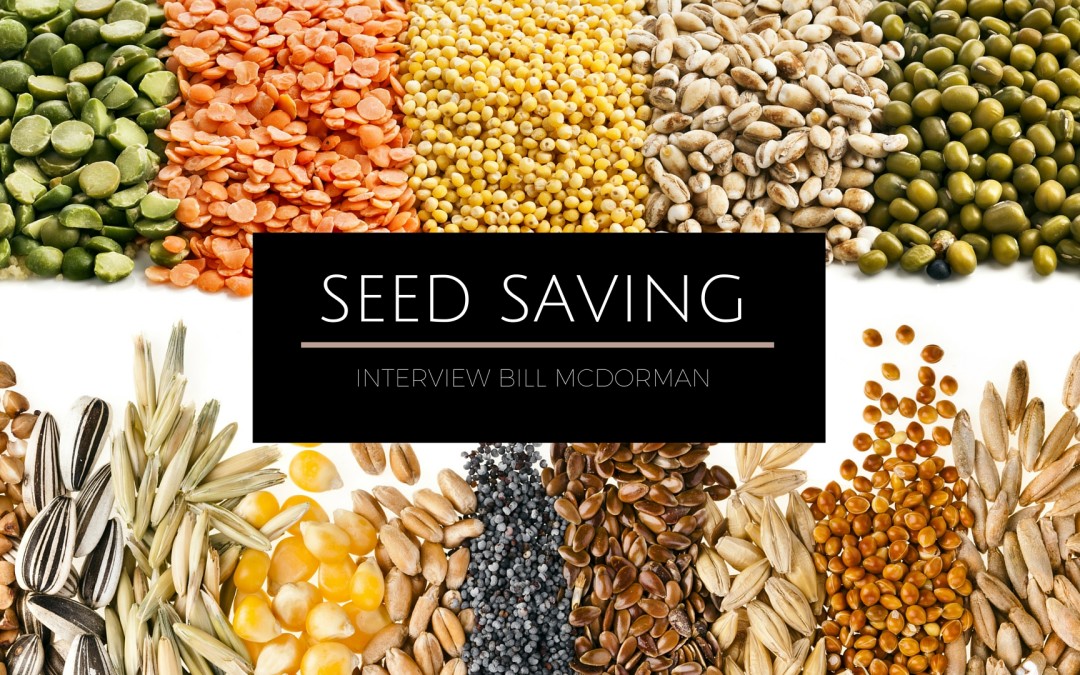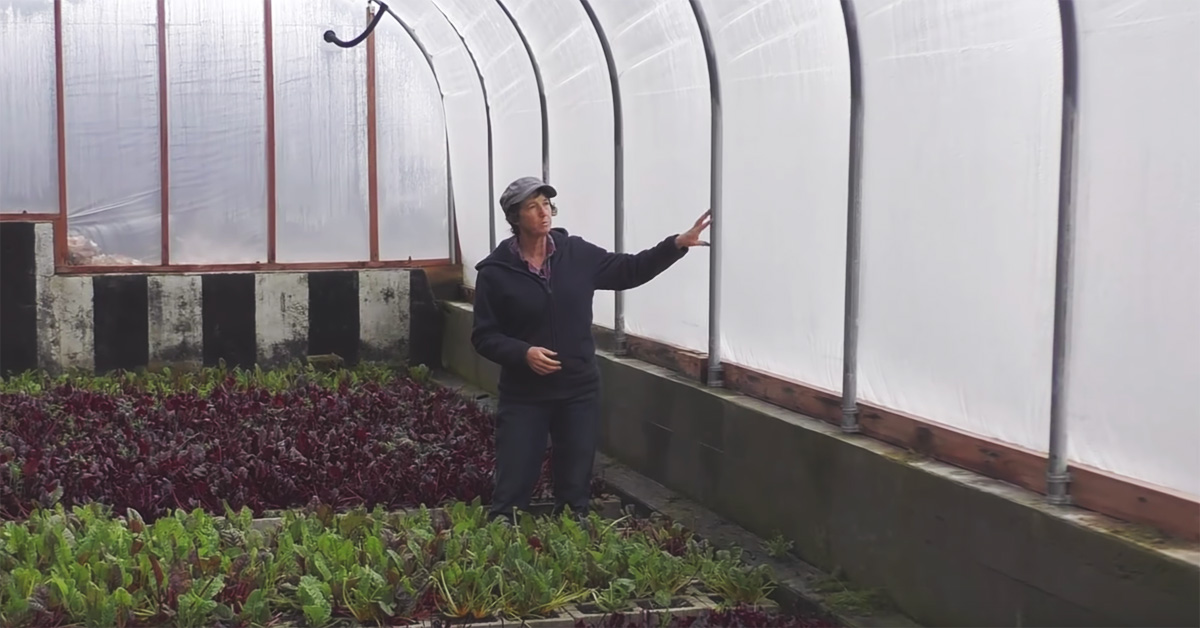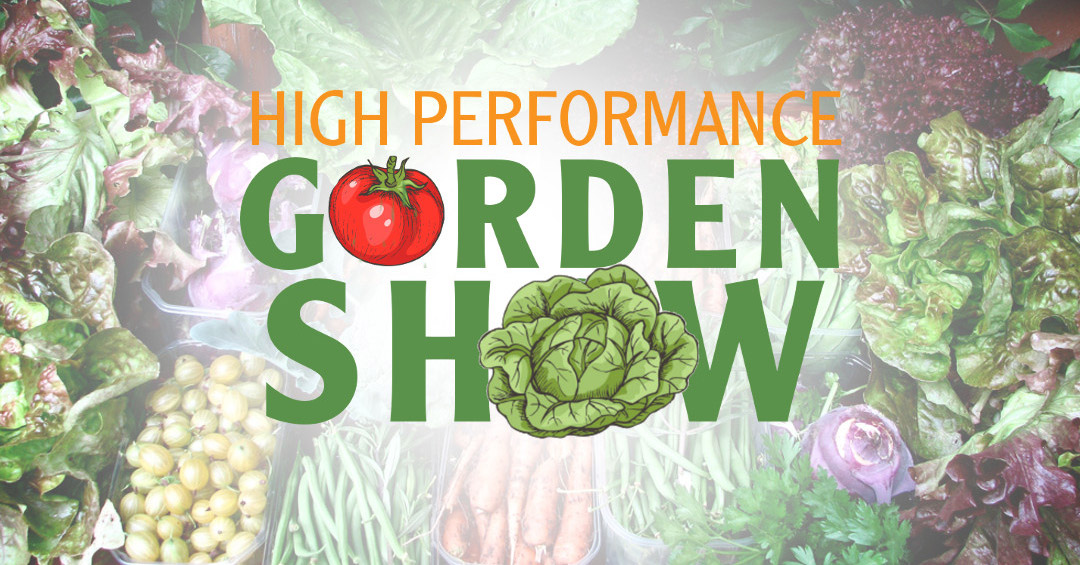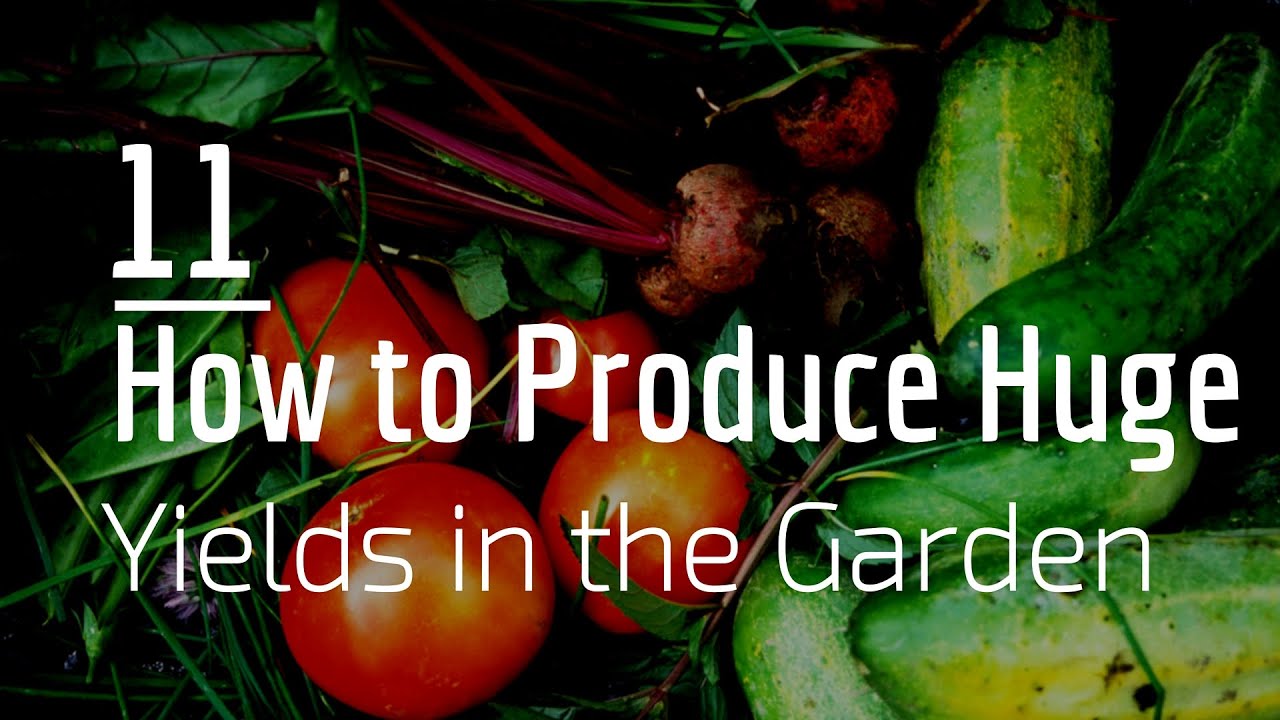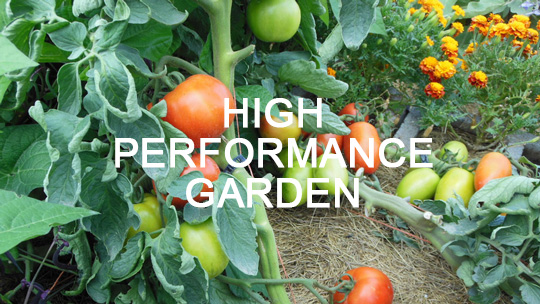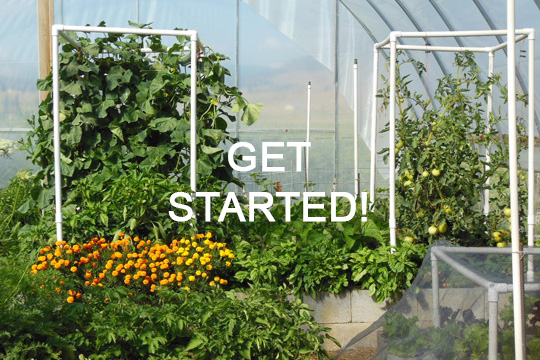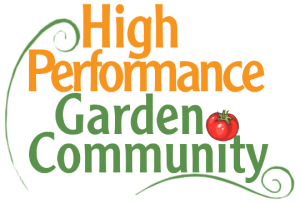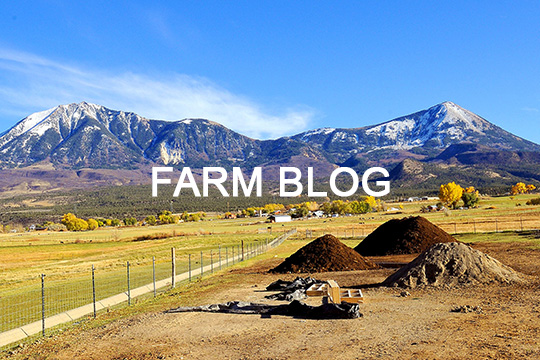Have you been thinking of seed saving this year? It’s been on my mind this winter! Last year I heard Bill Mcdorman speak on the beauty of seed saving. Bill has 30 years of direct experience in the seed saving business. After years of running a seed saving business he and his wife Belle Starr co created the Seed School an innovative seed saving education. His unique educational approach is so inspiring, with his methods anyone can save seeds! This High Performance Garden Training video is an interview with Bill about what it takes to save seeds.
Part One:
Part Two:
The Secrets of Seed Saving
Before we can even begin to learn about seed saving, we need to understand the importance of seeds. All food comes from seeds. They are integral to our survival. Seeds are the most powerful technology. You can place a seed in a clay pot for thousands of years and still have it work when you take it out. Could you ever do that with your cell phone?
Bill first became intrigued with the idea of saving seeds when he was in college. In college he was trying to grow his first solo backyard garden. His question was where could he find the best seeds for his region? He realized the question was easy but the answer was more difficult. In a Burpee magazine there was only one variety of organic turnip instead of the seven varieties in years past in the seed catalog. A few of those grown locally in western Montana, where he lived. To answer this need in 1979 he began Garden City Seeds. A local seed saving company that focused on seeds that were grown in that area. He has been saving seeds for 36 years now!
It is so important to learn the art of seed saving, 80% of the diversity in seeds is expected to be lost in the next 20 years. In 2011 National Geographic found that 96% of seed varieties have been lost. Biology is at it’s strongest when it is diverse. We are limiting our options for future sustainable agriculture. We can get those varieties back by allowing our plants to reseed. Seed saving is integral to gardening. Since World War Two we have lost the art of seed saving.
For seed saving you need to understand what type of seeds you are saving. What is the difference between hybrid, open pollinated and GMO seeds?
Hybrid – A cross between two inbred parents. This is most often done in a tech lab or a controlled environment. This controlled cross will allow scientists to predict the traits of the offspring. Generally you will buy F1 seeds (first generation). These are an adventure to save. They have recessive genetics that will make for surprises in the generations to come! Bill calls this Mr. Toad’s wild ride!
Open Pollinated – seeds as they have always been. These are varieties that have been cultivated for 1,000’s of years. These have a wide variety and diversity.
GMO – 1976 Genetically Modified seeds first introduced. DNA genes from one organism to plants. On a genetic level there are lots of questions about the long term effects of this practice. The 7 different GMO crops are corn, soybeans, canola, zucchini, yellow squash. These seeds are not available to small gardeners yet and it is recommended to not try seed saving with these plants.
When saving seeds you will keep them cool (below 80 degrees), dark and dry. You can try the easiest five plants to save seeds this season! Try saving, tomato, pepper, pea, bean and lettuce seeds first. Bill’s ebook Basic Seed Saving is a small little ebook that is sure to give you big rewards.
Bill Mcdorman has spent years educating people on seed saving. His Seed School has successfully graduated over 700 students and 19 new teachers. 14 students have gone on to create their own small seed companies. When Bill began his seed company he was mentored by another small seed company. 28 years into growing his business he began to pass on the knowledge to others to continue the seed saving business. If you are wanting to enroll in Seed School check out SeedSave.Org is the best place to enroll.
Another fun idea for seed saving this year is to check out a Seed Saving Library. The way a Seed Saving Library works is that you check out your seeds and then return with twice as many seeds at the end of the growing season. In the past three and a half years this idea has grown exponentially. There are now almost 500 seed libraries in the US and growing. If you want to find or start one go to richmondgrowsseed.org.
How are you going to save seeds this year? Tell me all about it in the comments below!
Lynn
any questions you have about seed saving!
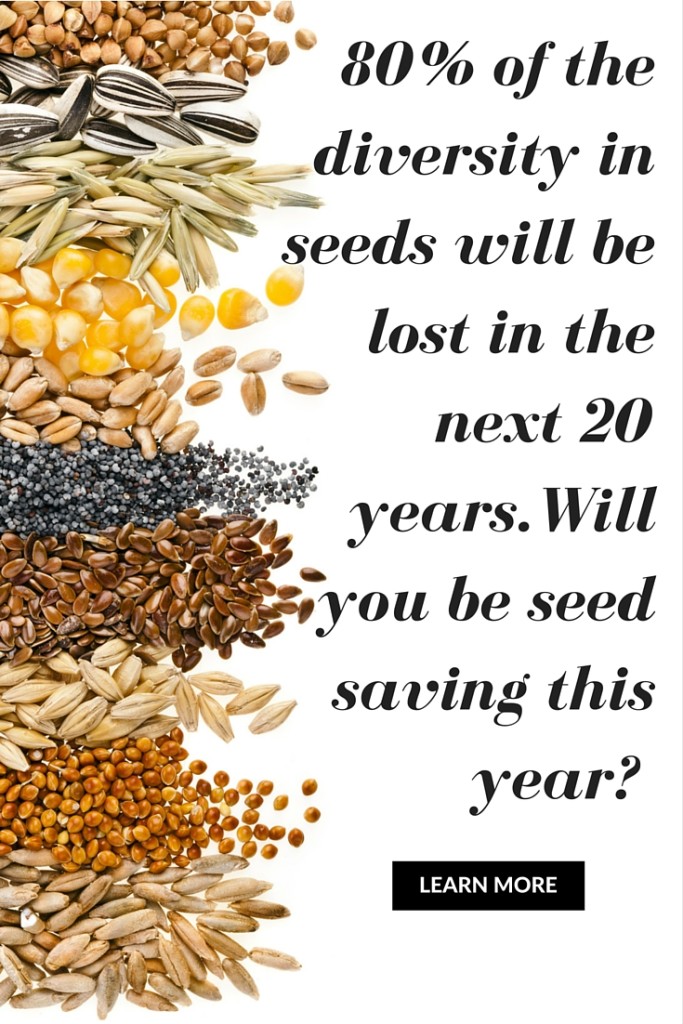
Pin this Seed Saving Article for later!

